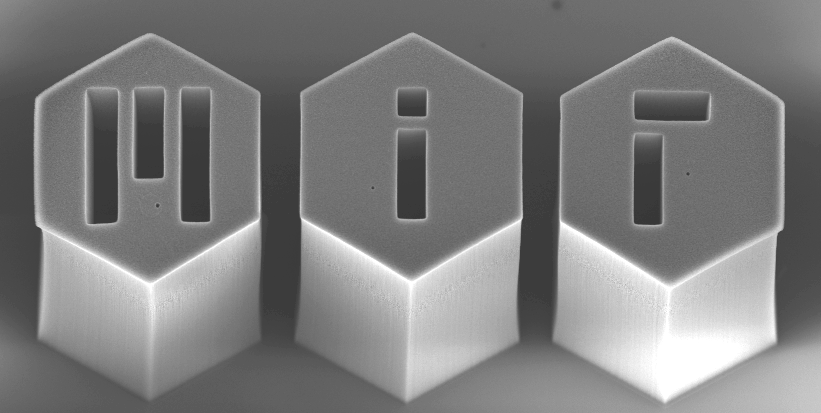L.C. van Laake, A.J. Hart, A.H. Slocum. , Review of Scientific Instruments 78:083901, 2007. [http://dx.doi.org/10.1063/1.2760936]
[PDF]
Rapid continuous thermal control of chemical reactions such as those for chemical vapor deposition (CVD) growth of nanotubes and nanowires cannot be studied using traditional reactors such as tube furnaces, which have large thermal masses. We present the design, modeling, and verification of a simple, low-cost reactor based on resistive heating of a suspended silicon platform. This system achieves slew rates exceeding 100?°C/s, enabling studies of rapid heating and thermal cycling. Moreover, the reaction surface is available for optical monitoring. A first-generation CVD apparatus encapsulates the heated silicon platform inside a sealed quartz tube, and initial experiments demonstrate growth of films of tangled single-wall and aligned multiwall carbon nanotubes using this system. The reactor can be straightforwardly scaled to larger or smaller substrate sizes and may be extended for a wide variety of reactions, for performing in situ reaction diagnostics, for chip-scale growth of nanostructures, and for rapid thermal processing of microelectronic and micromechanical devices.
Disclaimer: The PDF document on this webpage is provided for educational and personal purposes alone and is subject to copyrights of the publisher.

